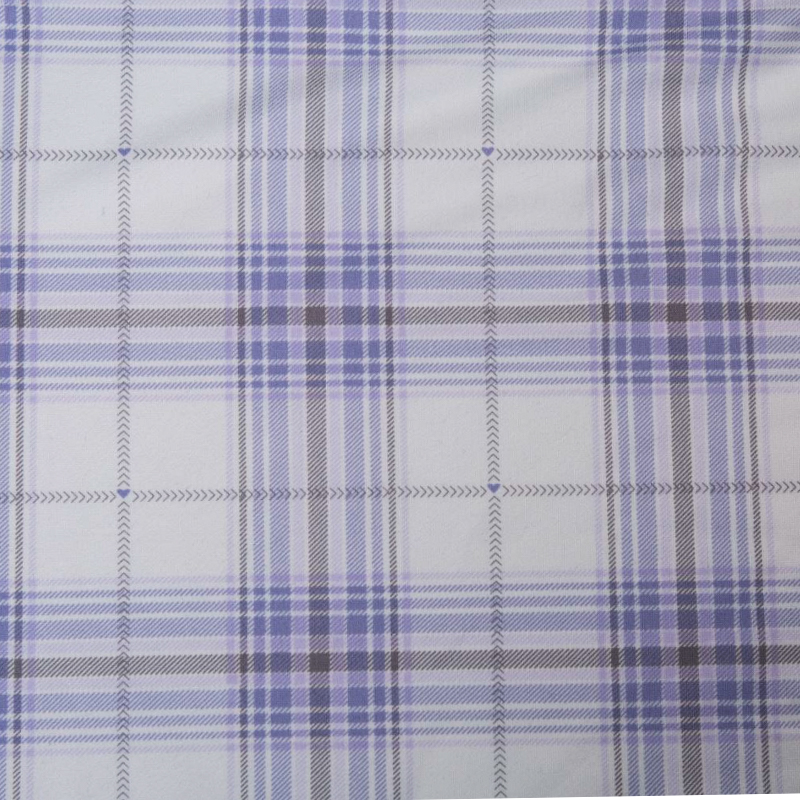The fabric weave significantly impacts the breathability and moisture management of casual wear fabrics. Here’s how different weave structures affect these properties:
1. Breathability:
Plain Weave:
Structure: The plain weave is the simplest and most common weave pattern, where each warp thread crosses each weft thread in a straightforward crisscross pattern.
Impact on Breathability: Plain weaves typically have an open structure that allows air to flow relatively easily through the fabric. This makes them moderately breathable, suitable for casual wear that requires some level of ventilation.
Twill Weave:
Structure: Twill weave features a pattern of diagonal ribs or lines created by shifting the weft thread over and under multiple warp threads.
Impact on Breathability: Twill weaves generally have a denser structure compared to plain weaves, which can slightly reduce breathability. However, the diagonal pattern often creates small gaps that still allow for good airflow, making twill fabrics reasonably breathable while offering greater durability.
Satin Weave:
Structure: Satin weave is characterized by its smooth, lustrous surface created by floating warp threads over multiple weft threads.
Impact on Breathability: Satin weaves have a more compact structure, which can limit airflow compared to plain and twill weaves. This can reduce breathability but may be compensated by other factors like fabric weight and thickness.
2. Moisture Management:
Plain Weave:
Structure: The simple crisscross pattern of plain weave fabrics provides moderate moisture wicking capabilities.
Impact on Moisture Management: Plain weaves tend to absorb moisture evenly and allow it to evaporate relatively quickly due to their open structure. This makes them effective for casual wear fabrics that need to manage sweat and moisture.
Twill Weave:
Structure: The diagonal rib pattern of twill weave creates a slightly more textured surface.
Impact on Moisture Management: Twill weaves can offer better moisture wicking compared to plain weaves because the texture allows for quicker movement of moisture away from the skin. The gaps created by the diagonal ribs can help in dispersing moisture more effectively.
Satin Weave:
Structure: The smooth surface of satin weave fabrics results in a less textured feel.
Impact on Moisture Management: Satin weaves can have limited moisture-wicking properties compared to plain and twill weaves. The smooth surface may not pull moisture away from the skin as effectively, which can result in a slower drying time.

3. General Considerations:
Fabric Weight and Thickness: The weight and thickness of the fabric also influence breathability and moisture management. Lighter fabrics with any of the weaves are generally more breathable and better at moisture management compared to heavier fabrics.
Finishes and Treatments: Fabric finishes and treatments, such as moisture-wicking coatings or anti-microbial treatments, can enhance the moisture management capabilities of any weave structure, improving overall performance.
The weave structure of casual wear fabric plays a crucial role in determining its breathability and moisture management. Plain weaves typically offer good breathability and moderate moisture management, twill weaves provide a balance of durability and breathability with effective moisture wicking, while satin weaves offer a smoother feel but may have reduced breathability and moisture management. Understanding these characteristics helps in selecting the appropriate fabric for specific casual wear needs.




.jpg?imageView2/2/format/jp2)




.jpg?imageView2/2/format/jp2)

